Latest Posts
Compact Flash Vs SD Card – Which Is Better For Your Camera?
Introduction
A memory card can affect your camera’s performance. Compact Flash Vs SD card have dominated the market for years, each bringing something different to the table. As camera tech evolves, picking the right card becomes essential.
Your card’s speed and compatibility are crucial for high-res photos or 4K video. Here’s how CF and SD cards compare so you can pick suitable ones for your camera and shooting needs.
Overview of Compact Flash VS SD Card
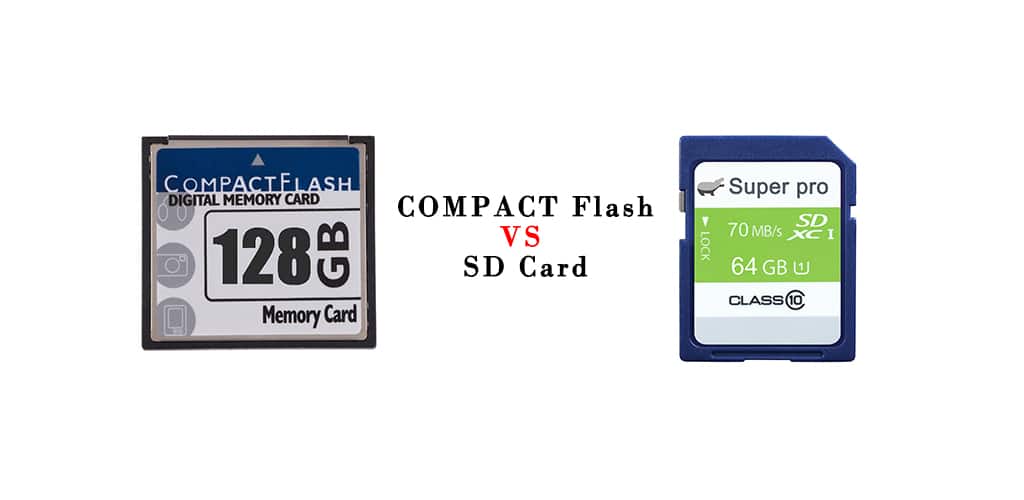
Compact Flash Cards
Compact Flash cards are a solid choice for digital photography. SanDisk designed them in 1994 to deliver speed and durability. Initially, they had limited storage, but now they can reach over 1 TB. This expanded capacity is ideal for professionals who require reliable performance on ample shoots.
SD Cards
SD cards made their mark in 1999 and became crucial for consumer devices. Their compact size and lightweight won many users. The introduction of SDHC and SDXC standards allowed for additional storage and fast transfers. Their compatibility supports everyday photography well.
Functions in Digital Cameras
CF and SD cards are crucial for storing high-quality images and videos. CF cards are often chosen for professional work due to their superior speed and robustness. In contrast, SD cards are user-friendly and cater to a wider audience.
Applications of Compact flash Vs SD card
Compact Flash Cards
CF cards are made for high-performance cameras. They meet the speed and storage demands for quick captures. They’re excellent for dynamic photography, such as sports and wildlife. Their rugged design protects data in difficult environments.
SD Cards
SD cards excel in consumer cameras, action cameras, and smartphones. Their small size fits easily in lightweight devices, making them perfect for casual users. Action cameras, used in extreme conditions, rely on SD cards for their flexibility. They also accommodate various video formats and resolutions.
Specialized Uses
Professionals often choose CF cards for video work due to their impressive write speeds. SD cards, meanwhile, excel in compact camcorders that value ease and portability. This variety allows photographers and videographers to find the appropriate storage for their needs.
Types of Compact Flash Vs SD Card
Compact Flash Card Types
CF Type I
CF Type I cards are 3.3 mm thick and often used in consumer and professional cameras. They support up to 137 GB of storage and typically have transfer speeds reaching 90 MB/s. Most devices designed for Compact Flash will work with this type.
CF Type II
Measuring 5 mm thick, CF Type II cards offer larger storage capacities, often exceeding 137 GB. This makes them ideal for high-resolution images. They have similar transfer speeds as Type I cards and can use technologies like Microdrives, which are small hard drives designed for the CF card format.
ACFast
CFast cards greatly enhance both speed and storage capabilities. Their SATA interface allows for transfer rates over 500 MB/s. With sizes 64 GB to 512 GB or more, they perform well for tasks like 4K video and continuous shooting.
SD Card Types
Secure Digital
The original SD card supports up to 2 GB. While suitable for standard-definition video and images, it has become outdated for most modern uses.
Secure Digital High Capacity
SDHC cards are faster than standard SD cards, sizing from 2 GB to 32 GB. This speed makes them efficient for high-definition video recording and detailed photography.
Secure Digital Extended Capacity
SDXC cards provide storage options from 32 GB to 2 TB. These cards are tailored for professional photo and video work. They often reach speeds of 300 MB/s or more, ideal for 4K and 8K recordings.
Ultra High Speed I
UHS-I cards support SDHC and SDXC formats with transfer rates reaching 104 MB/s. They are perfect for tasks that demand fast writing speeds, like burst shooting.
Ultra High Speed II
UHS-II cards reach speeds up to 312 MB/s. They feature an extra row of pins that enhance data transfer rates. This makes them ideal for professional applications needing rapid writing and reading, such as 4K video capture.
Comparison of CF and SD Cards
When comparing CF and SD cards, a few key points stand out:
Size
CF cards are large and more cumbersome. In contrast, SD cards are compact, making them easier to handle and store.
Speed
CFast cards lead in speed, suitable for high-performance tasks. UHS-II SD cards also provide competitive speeds, while traditional CF cards typically lag behind modern SD technology.
Use Case
Professionals often opt for CF cards in DSLRs and high-end cameras, drawn by their durability and speed. SD cards are more frequently used in consumer devices, action cameras, and mobile phones for their adaptability and ease of handling.
Pros and Cons of CF and SD Cards
Pros
-
-
- Compact Flash cards are tough. They can handle rough conditions and resist damage from drops, making them great for professionals.
- These cards often have fast read and write speeds, allowing quick data transfer. This feature is perfect for high-resolution photos and rapid shooting.
- Many professional cameras use CF cards. High-end DSLRs depend on them for their extended storage and quick performance during critical shoots.
-
Cons
-
-
-
- CF cards are bulkier than SD cards, which might not appeal to photographers wanting lighter gear.
- Newer cameras prefer SD cards. Many modern devices do not have CF slots, reducing the versatility of CF cards.
-
-
Pros and Cons of SD Cards
Pros
-
-
-
-
- SD cards work with many devices, from cameras to tablets. It makes them a solid choice for many users.
- Their slim profile makes SD cards easy to carry. They fit nicely in pockets or bags.
- SD cards are more affordable than CF cards. This affordability allows hobbyists and professionals to access various storage options.
-
-
-
Cons
-
-
-
-
-
- The lightweight construction of SD cards can make them vulnerable. They require careful handling to avoid physical damage.
- While many SD cards perform well, some budget options may lack the speed for professional tasks.
-
-
-
-
Capacity, Speed, and File System Comparison
Capacity Ranges
CF cards provide a higher storage range, typically from 128 MB to 512 GB, with premium models reaching up to 1 TB. This capacity is excellent for professional photographers needing extensive storage for high-resolution content. SD cards available in SD, SDHC, and SDXC formats range from 2 GB to 2 TB, with SDXC being preferred for high-capacity requirements. The choice between CF and SD often depends on camera compatibility and the volume of data.
Speed Comparison
CF cards utilize UDMA technology, achieving write speeds of 167 MB/s depending on the mode. In addition, this feature is ideal for fast shooting and high-quality video. In contrast, SD cards operate on UHS standards. UHS-I can reach speeds of 104 MB/s, while UHS-II can go up to 312 MB/s. V-rated SD cards indicate their video performance. Higher ratings ensure better 4K and 8K video capture. Always pick a card that matches your device’s capabilities.
File Systems
CF cards mainly use the FAT32 file system, supporting files up to 4 GB and ensuring compatibility with most devices. Larger-capacity CF cards increasingly adopt exFAT, which allows for bigger files and enhances data transfer efficiency. SD cards utilize FAT32 for sizes up to 32 GB, while SDHC and SDXC primarily rely on exFAT. Understanding these file systems helps users avoid size limits and compatibility challenges.
Final Thoughts
First of all, starting with compatibility. Then ensuring your camera works with CF, SD, or both formats. Then, checking with performance. If you capture high-res images or 4K video, choose high-speed cards that fit your camera.
Capacity is another consideration. Evaluate how much storage you typically need. Furthermore, if you often shoot extensively, larger capacities like SDXC or high-capacity CF cards might be needed.
SD cards usually provide better value, while CF cards offer speed and durability, which can be worth the extra cost for pros. Therefore, a good choice to match your photography style, budget, and equipment.

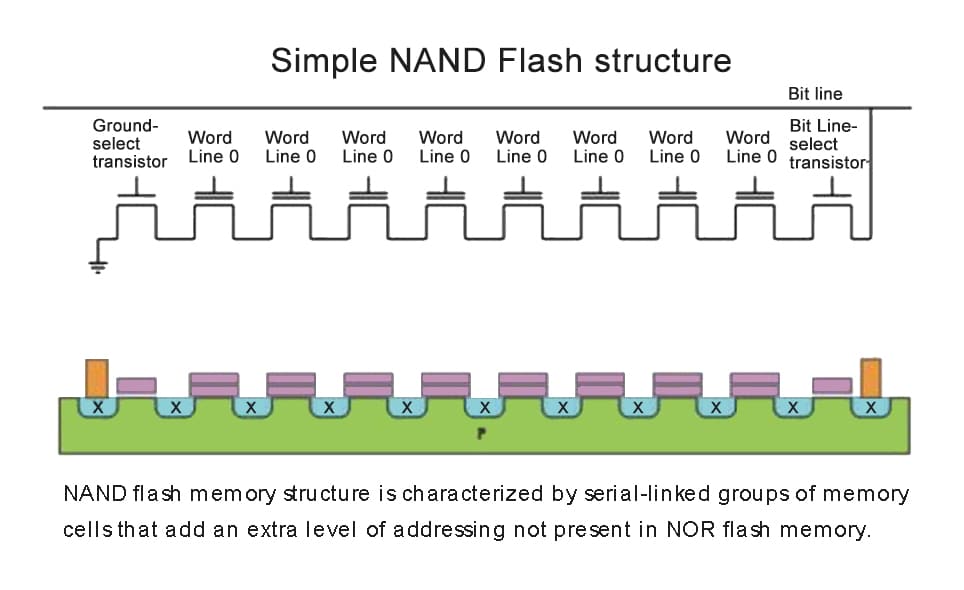
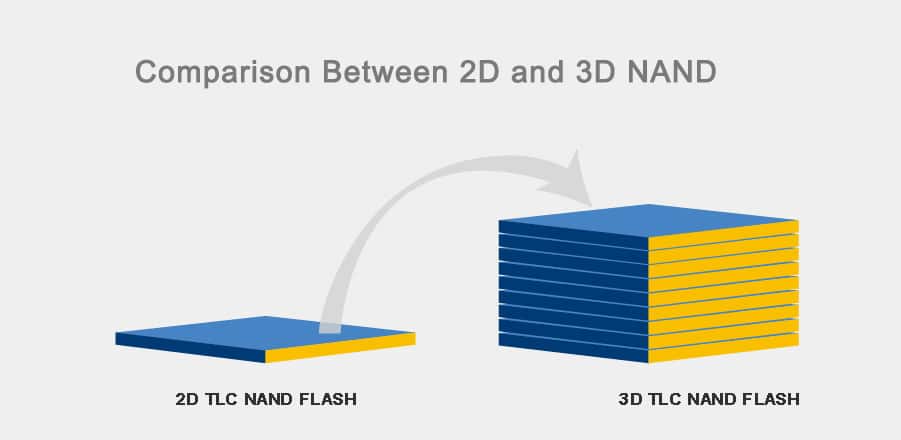
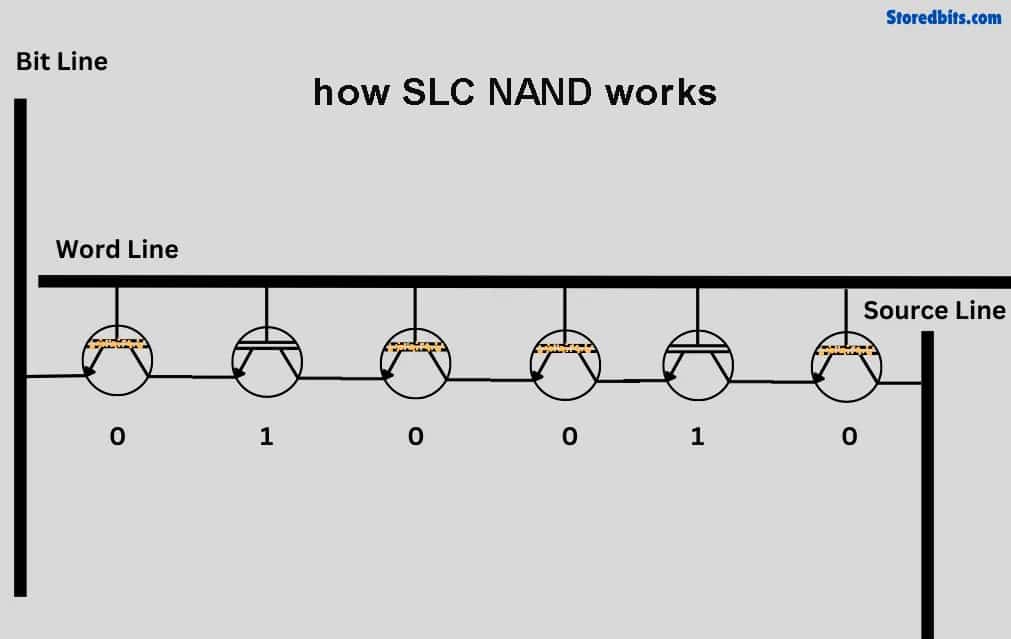
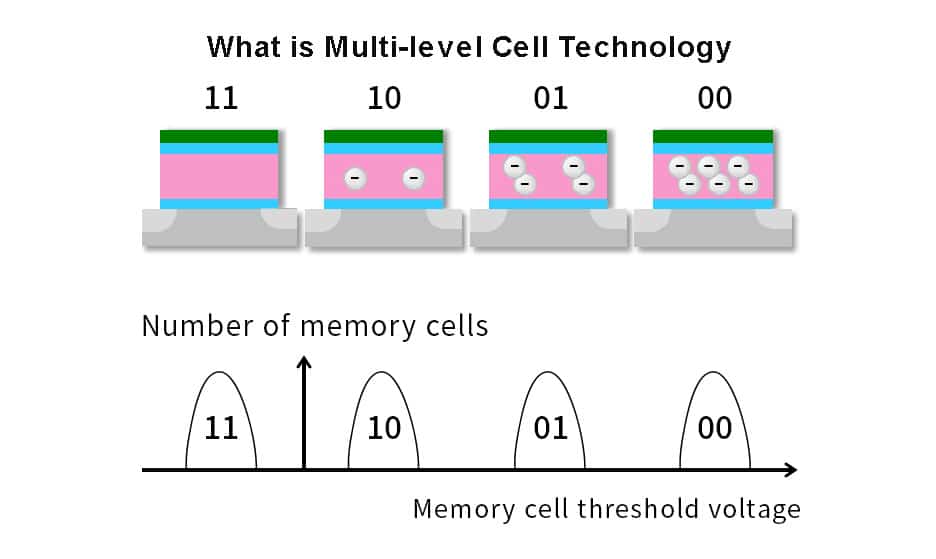
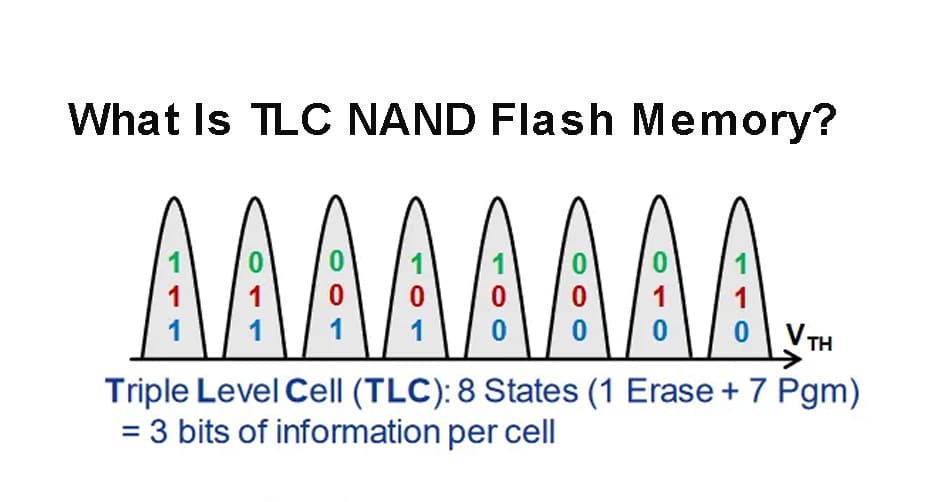
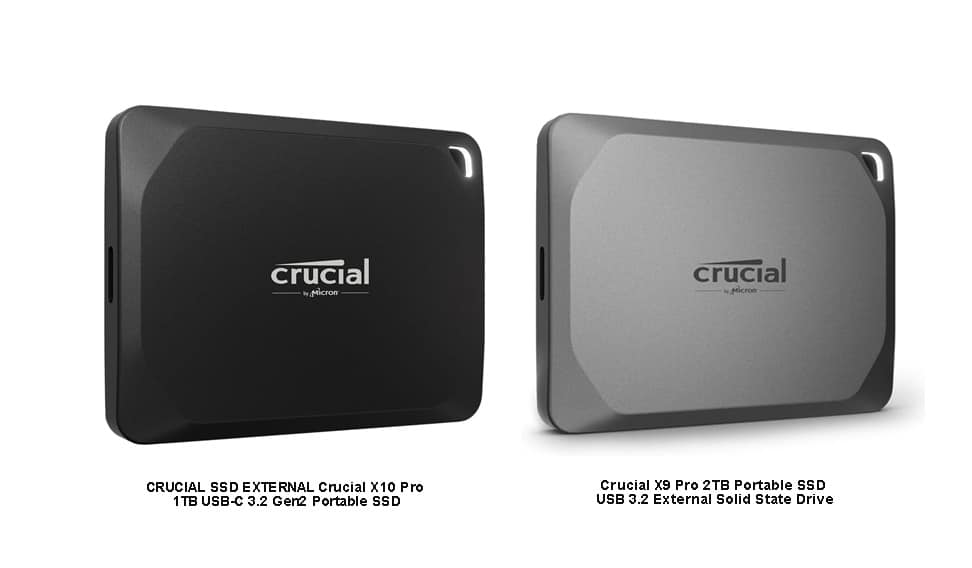
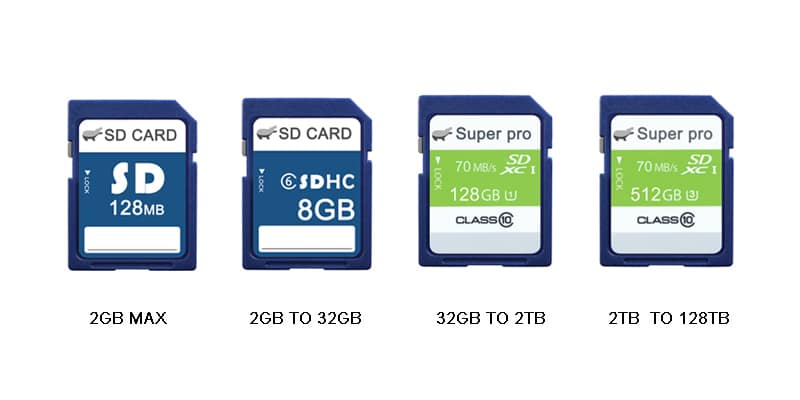
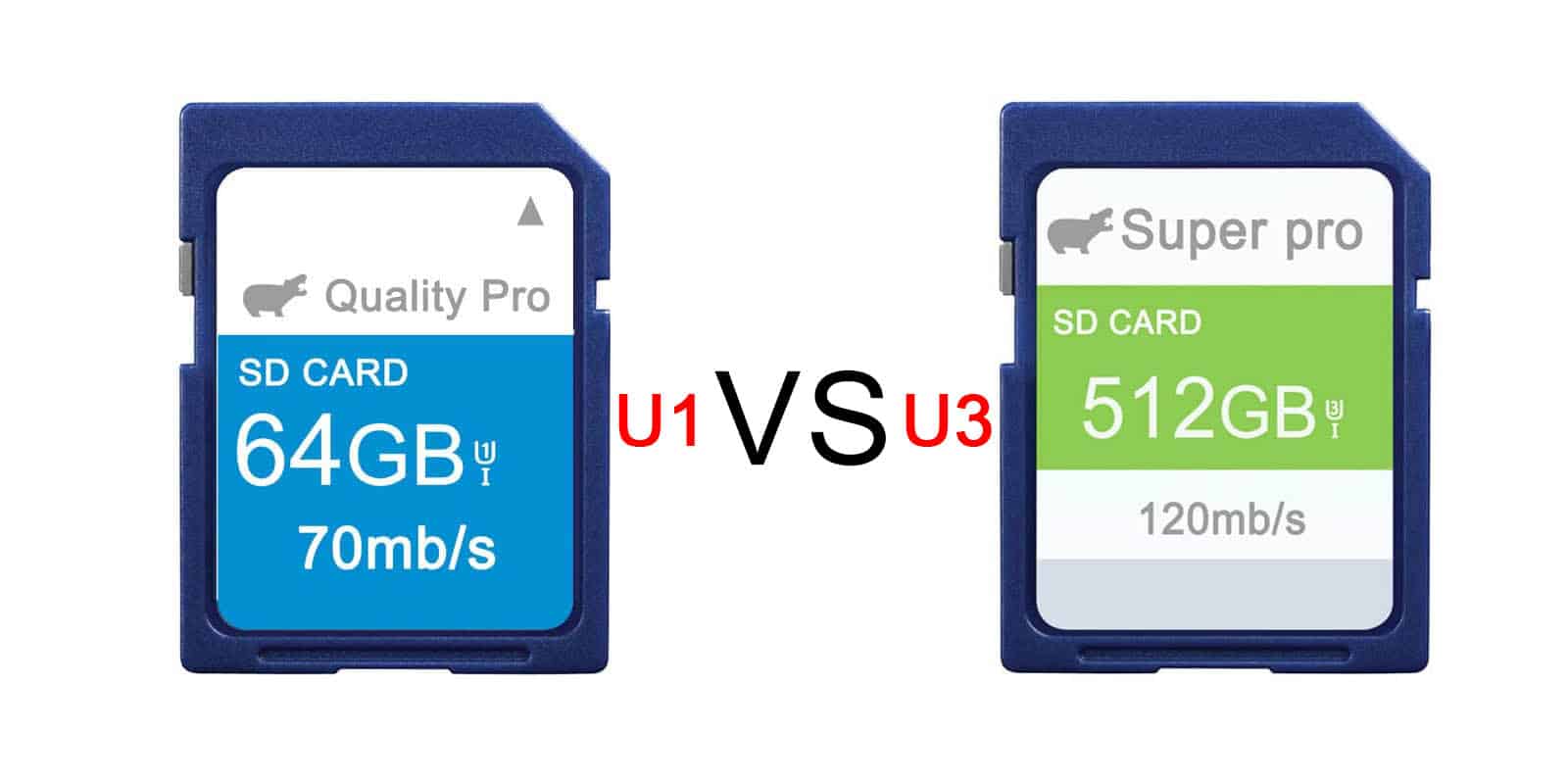
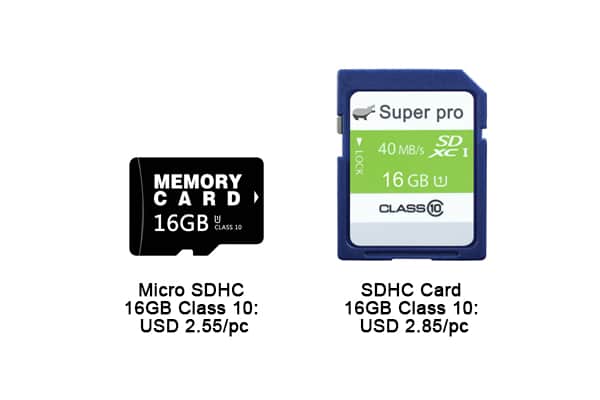
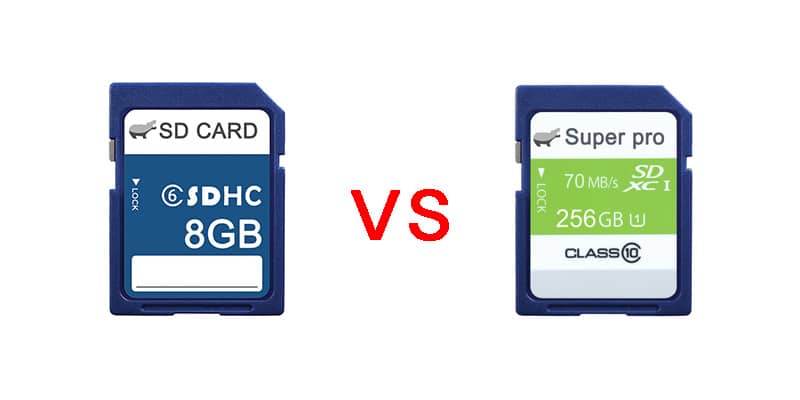
Leave a comment